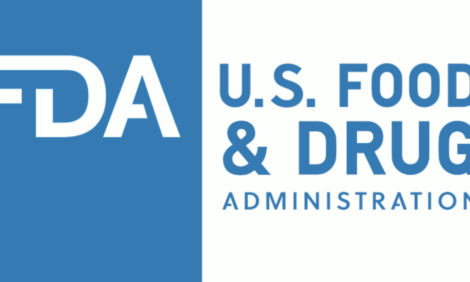



New Cooling Technology Stops Salmonella in Eggs
US - Purdue University food scientist, Kevin Keener, has developed a new egg cooling technology to help reduce future salmonella outbreaks."If eggs could be cooled within 12 hours after the chicken lays them, foodborne illness from eggs could be reduced by 80 per cent," Dr Kevin Keener told Ivanhoe Broadcast News.
Quickly cooling eggs down to 45°F will prevent salmonella bacteria from growing. When eggs are packaged and stacked in refrigerated coolers, eggs in the middle can take up to six days to cool down to 45 degrees.
"We can take and cool eggs in the range of about 12 minutes," Dr Keener said.
Eggs are placed in a chamber and carbon dioxide gas is added at about minus 110°F. The cold gas helps form a thin layer of ice inside the eggshell. The ice layer melts and quickly lowers an egg's internal temperature to below 45 degrees, preventing salmonella bacteria from growing.
"A typical shelf life on eggs traditionally cooled is about four to six weeks, with the carbon dioxide cooling process we've developed, we're actually able to extend that shelf life to 12 weeks," Dr Keener said.
The technology should be available to farmers in a year but until then, you will have to make sure you your eggs spend a little more time in the frying pan, according to Ivanhoe Broadcast News. Stopping an outbreak before it starts.
Salmonella bacteria can double in number every twenty minutes at around 100°F, the temperature at which most eggs are packaged. An egg that floats in water is likely to have been spoiled by bacteria that entered through the pores in the shell and created gas inside it. The increased pressure may push some of the white through the shell, which may also signify a bad egg.
Further Reading
| - | Go to our previous news item on this story by clicking here. |








